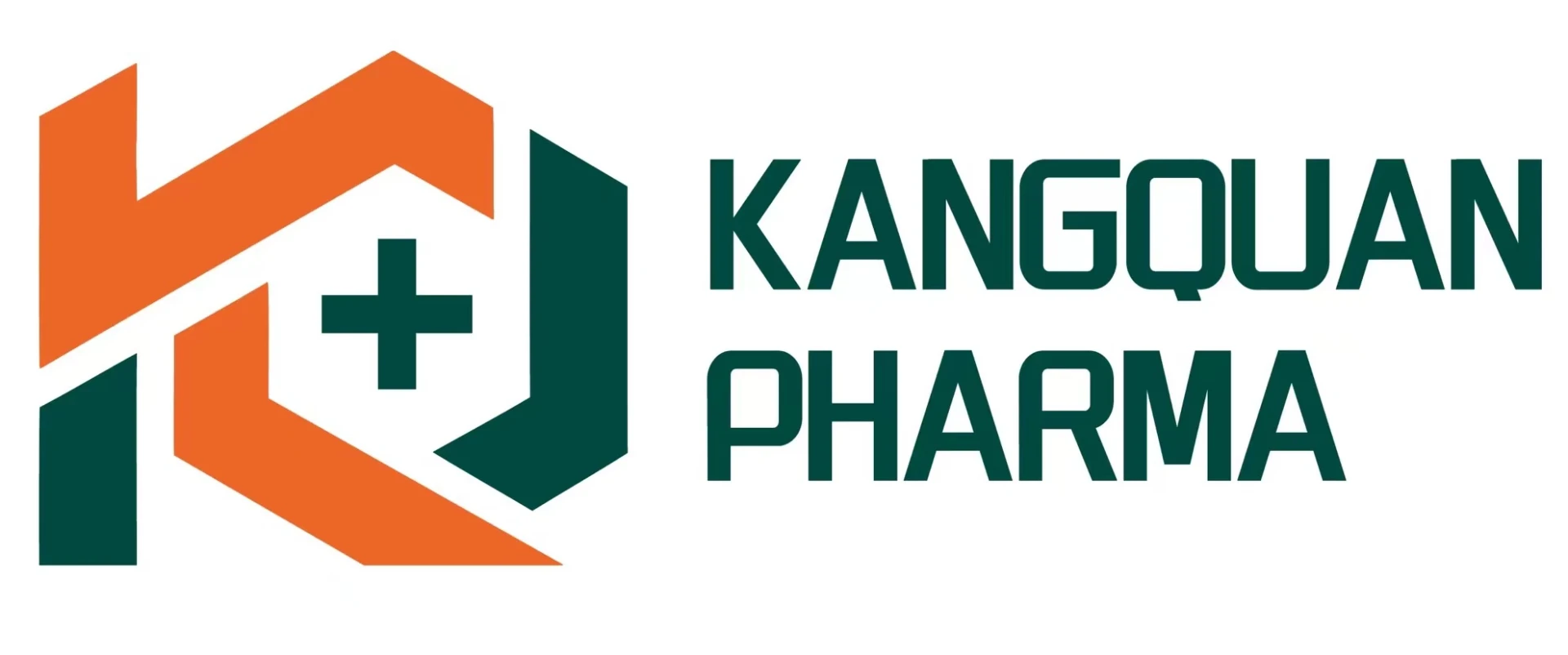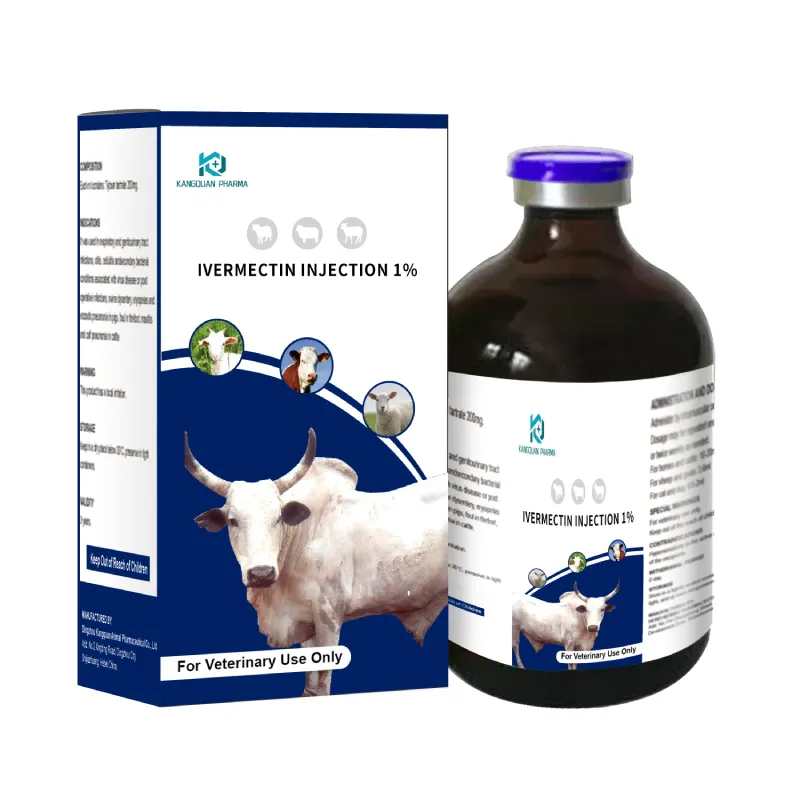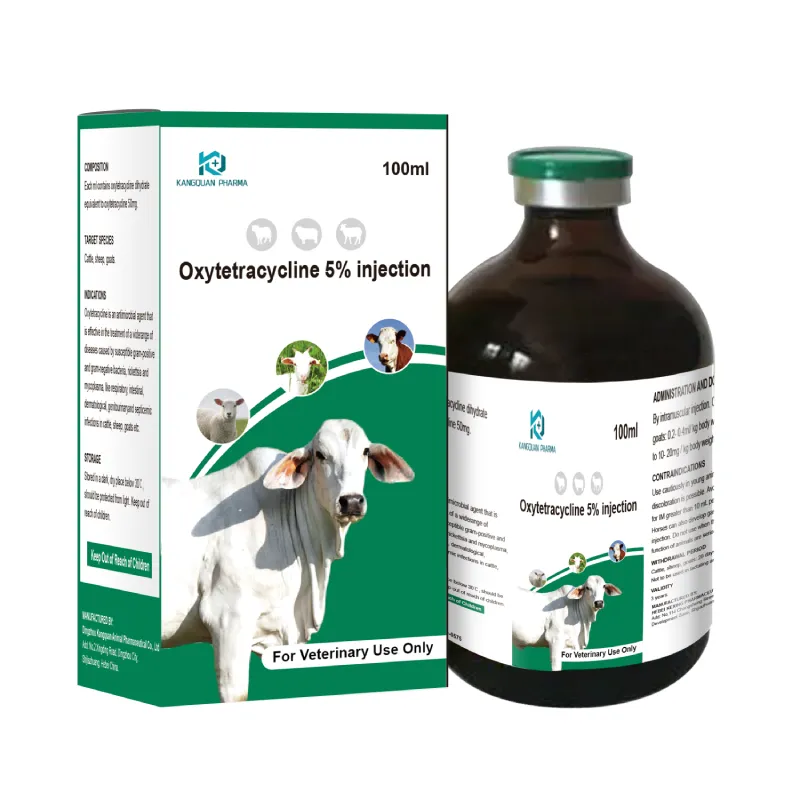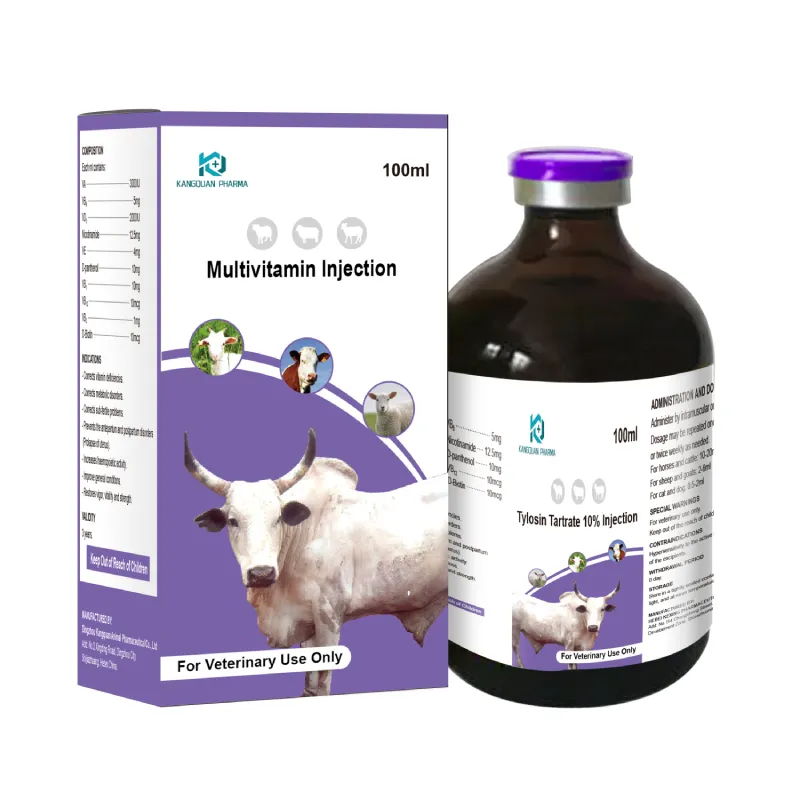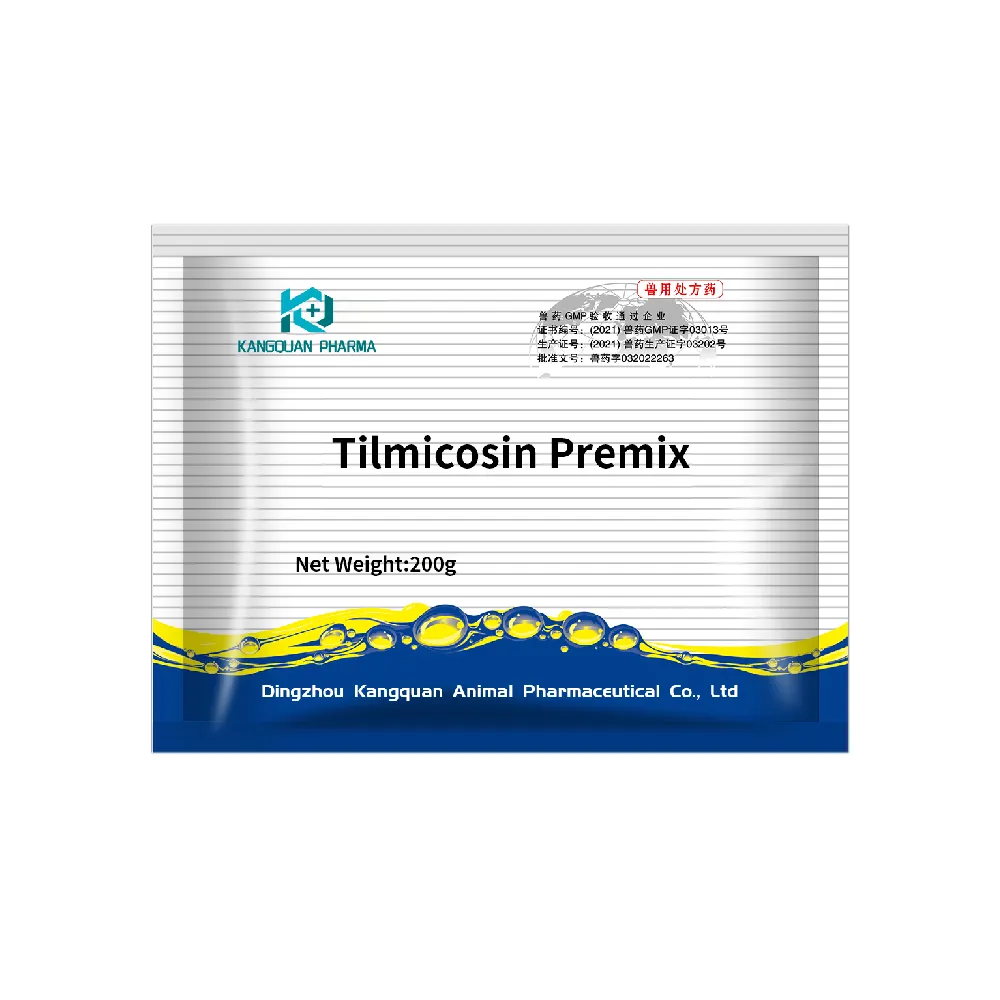- Afrikaans
- Albanian
- Amharic
- Arabic
- Armenian
- Azerbaijani
- Basque
- Belarusian
- Bengali
- Bosnian
- Bulgarian
- Catalan
- Cebuano
- Corsican
- Croatian
- Czech
- Danish
- Dutch
- English
- Esperanto
- Estonian
- Finnish
- French
- Frisian
- Galician
- Georgian
- German
- Greek
- Gujarati
- Haitian Creole
- hausa
- hawaiian
- Hebrew
- Hindi
- Miao
- Hungarian
- Icelandic
- igbo
- Indonesian
- irish
- Italian
- Japanese
- Javanese
- Kannada
- kazakh
- Khmer
- Rwandese
- Korean
- Kurdish
- Kyrgyz
- Lao
- Latin
- Latvian
- Lithuanian
- Luxembourgish
- Macedonian
- Malgashi
- Malay
- Malayalam
- Maltese
- Maori
- Marathi
- Mongolian
- Myanmar
- Nepali
- Norwegian
- Norwegian
- Occitan
- Pashto
- Persian
- Polish
- Portuguese
- Punjabi
- Romanian
- Russian
- Samoan
- Scottish Gaelic
- Serbian
- Sesotho
- Shona
- Sindhi
- Sinhala
- Slovak
- Slovenian
- Somali
- Spanish
- Sundanese
- Swahili
- Swedish
- Tagalog
- Tajik
- Tamil
- Tatar
- Telugu
- Thai
- Turkish
- Turkmen
- Ukrainian
- Urdu
- Uighur
- Uzbek
- Vietnamese
- Welsh
- Bantu
- Yiddish
- Yoruba
- Zulu
Dec . 30, 2024 19:18 Back to list
Exploring the Uses and Benefits of Gentamicin Sulfate in Medical Treatments
Understanding Gentamicin Sulfate and Its Role in Medicine
Gentamicin sulfate is an aminoglycoside antibiotic derived from microorganisms of the genus Micromonospora. It has been extensively used in clinical settings due to its effectiveness against a broad spectrum of aerobic gram-negative bacteria. Gentamicin is particularly significant in treating serious infections caused by Gram-negative organisms, including Pseudomonas aeruginosa, Escherichia coli, and Klebsiella species. Its ability to penetrate bacterial cell membranes and inhibit protein synthesis makes it a vital weapon in the medical arsenal.
Mechanism of Action
The primary mechanism of action of gentamicin involves binding to the 30S ribosomal subunit of bacterial ribosomes. This binding disrupts the initiation complex of protein synthesis, leading to the misreading of mRNA and ultimately inhibiting the formation of functional proteins essential for bacterial growth and replication. Gentamicin’s bactericidal activity differentiates it from many other antibiotics, which are typically bacteriostatic, merely inhibiting bacterial growth rather than directly killing the bacteria.
Clinical Uses
Gentamicin sulfate is used in various clinical settings, particularly in severe infections such as sepsis, respiratory tract infections, urinary tract infections, and intra-abdominal infections. It is commonly administered intravenously for serious systemic infections, or in combination with other antibiotics to enhance efficacy and combat multi-drug-resistant strains. In addition to systemic use, gentamicin can be applied topically in the form of ointments or eye drops to treat localized infections, including keratitis and certain skin infections.
Pharmacokinetics
salep licogenta gentamicin sulfate

The pharmacokinetics of gentamicin sulfate involve its absorption, distribution, metabolism, and excretion. Following intravenous administration, gentamicin is distributed widely throughout the body, especially in fluids such as synovial fluid, bile, and urine. However, it has low lipid solubility, which limits its ability to penetrate the blood-brain barrier. As a result, gentamicin is not typically used for central nervous system infections unless absolutely necessary. The drug is primarily excreted unchanged through the kidneys, necessitating careful dosage adjustments in patients with renal impairment.
Side Effects and Toxicity
While gentamicin is a powerful antibiotic, its use is not without risks. The most significant side effects include nephrotoxicity and ototoxicity. Nephrotoxicity can manifest as increased creatinine levels and diminished urine output, reflecting kidney damage. Ototoxicity, which can result in hearing loss or balance issues, often emerges after prolonged therapy or higher doses. Monitoring renal function and plasma levels of gentamicin is crucial for minimizing these adverse effects, as individual responses to the drug can vary considerably.
Resistance Issues
The emergence of antibiotic resistance poses a significant challenge in the treatment of infections. While gentamicin remains effective against many strains of bacteria, the development of resistant strains necessitates continuous surveillance and prudent use of this antibiotic. Mechanisms of resistance include enzymatic degradation by aminoglycoside-modifying enzymes and alterations in target binding sites within the bacterial ribosome. Therefore, microbiological testing is essential when prescribing gentamicin to ensure sensitivity and effectiveness.
Conclusion
Gentamicin sulfate plays a crucial role in modern medicine, particularly in treating severe and complex infections. Understanding its mechanisms, uses, pharmacokinetics, and potential side effects helps healthcare professionals effectively incorporate gentamicin into treatment regimens. Despite the ongoing challenges posed by antibiotic resistance, gentamicin remains a cornerstone of antimicrobial therapy due to its proven efficacy and broad spectrum of activity. As research continues and new strategies develop, gentamicin sulfate retains its importance in the fight against bacterial infections, underscoring the need for responsible use and ongoing education in the medical community.
-
Guide to Oxytetracycline Injection
NewsMar.27,2025
-
Guide to Colistin Sulphate
NewsMar.27,2025
-
Gentamicin Sulfate: Uses, Price, And Key Information
NewsMar.27,2025
-
Enrofloxacin Injection: Uses, Price, And Supplier Information
NewsMar.27,2025
-
Dexamethasone Sodium Phosphate Injection: Uses, Price, And Key Information
NewsMar.27,2025
-
Albendazole Tablet: Uses, Dosage, Cost, And Key Information
NewsMar.27,2025
